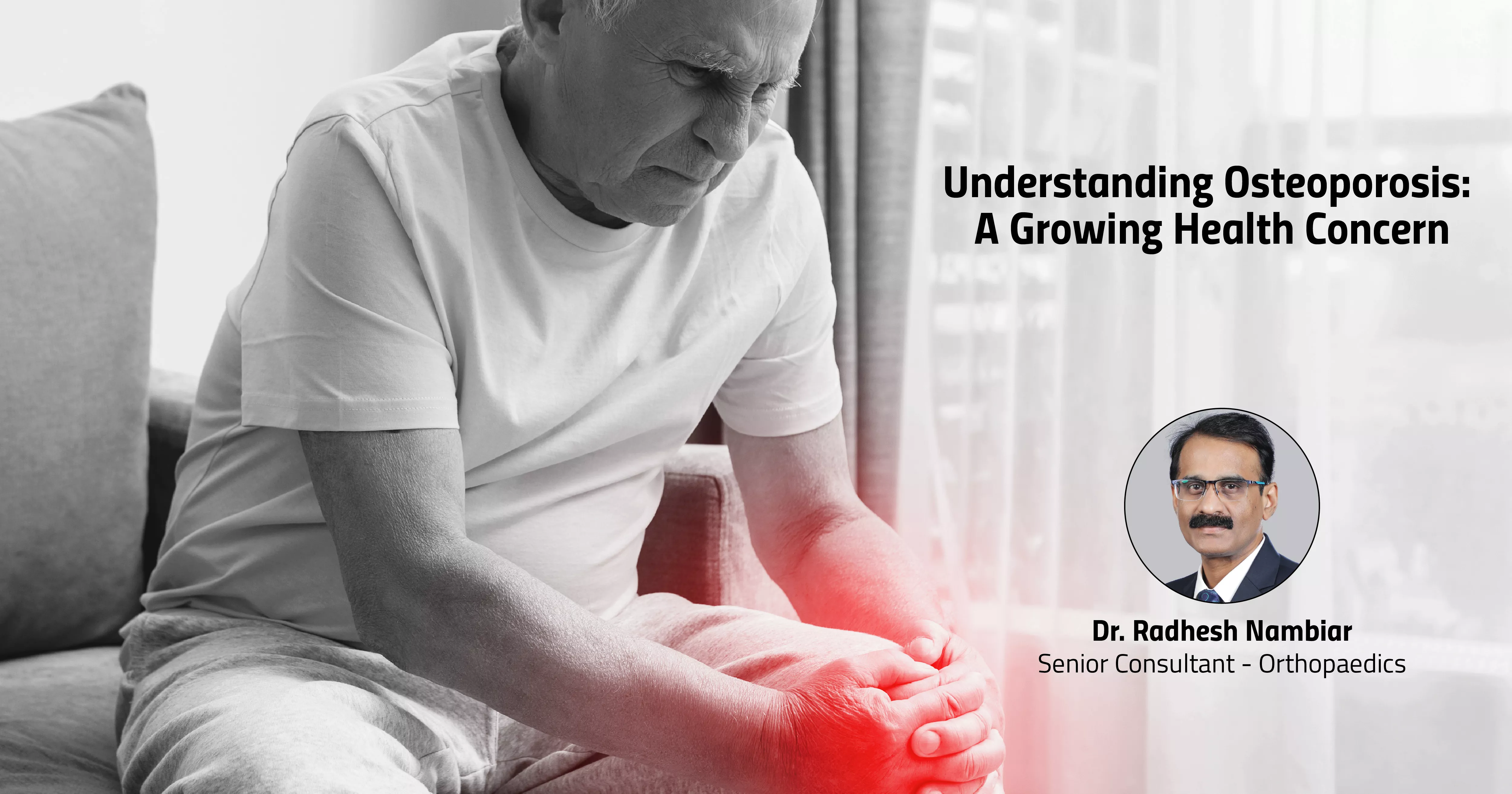Heart disease is often seen as a men’s health issue, but the reality is that it is the leading cause of death for women worldwide. Despite this, many women are unaware of how heart disease affects them differently from men. Women often face unique symptoms, risk factors, and challenges when it comes to heart disease, which can lead to delayed diagnosis and treatment. In this blog, we’ll explore these differences, helping you understand why heart disease is different for women and what you can do to protect yourself.
1. Unique Symptoms of Heart Disease in Women
One of the biggest challenges in diagnosing heart disease in women is that their symptoms can be quite different from the classic signs often associated with heart attacks. While both men and women can experience chest pain, women are more likely to have symptoms that are subtler and sometimes more confusing.
Common Symptoms in Women:
- Chest Pain or Discomfort: While women do experience chest pain, it’s often described as pressure, tightness, or discomfort rather than the intense, crushing pain men report.
- Shortness of Breath: This can occur with or without chest discomfort, often during physical activity or at rest.
- Unusual Fatigue: Feeling extremely tired, even after simple activities, is a common but overlooked symptom.
- Pain in the Neck, Jaw, one or both arms, back or Upper Abdomen: Women are more likely to feel pain in these areas rather than in the chest.
- Nausea or Vomiting: Women may experience nausea, light-headedness, or even flu-like symptoms.
- Cold Sweats: Unexplained sweating, particularly when accompanied by other symptoms, can be a sign of a heart attack.
These subtle or atypical symptoms often lead women to delay seeking medical help, thinking their discomfort is due to something less serious, like indigestion, anxiety, or stress.
2. Unique Risk Factors for Women
While traditional heart disease risk factors—such as smoking, high cholesterol, high blood pressure, and a sedentary lifestyle—apply to both men and women, certain factors uniquely affect women. These are often related to hormonal changes, pregnancy, and conditions specific to women.
Hormonal and Reproductive Factors:
- Menopause: After menopause, women’s risk of heart disease rises due to the decline in estrogen, a hormone that helps protect the heart and blood vessels. Postmenopausal women are more likely to develop conditions like high blood pressure and cholesterol.
- Polycystic Ovary Syndrome (PCOS): Women with PCOS often have higher levels of androgens (male hormones), which increases their risk of high blood pressure, diabetes, and heart disease.
Pregnancy-Related Conditions:
- Preeclampsia: Women who develop preeclampsia, a condition marked by high blood pressure during pregnancy, are at increased risk of heart disease later in life.
- Gestational Diabetes: This form of diabetes, which occurs during pregnancy, raises the likelihood of developing type 2 diabetes and cardiovascular disease in the future.
- Peripartum Cardiomyopathy: This rare type of heart failure can occur during the last months of pregnancy or shortly after giving birth. Women who experience it are at higher risk of long-term heart problems.
Autoimmune Diseases:
Conditions like lupus and rheumatoid arthritis—more common in women—also increase the risk of heart disease, as these diseases cause inflammation that can damage the heart and blood vessels.
3. Challenges Women Face in Diagnosis and Treatment
Women not only experience different symptoms and risk factors, but they also face unique challenges when it comes to being diagnosed and treated for heart disease. Unfortunately, these challenges can result in delayed treatment and poorer outcomes.
Underdiagnosis and Misdiagnosis:
- Atypical Symptoms: Because women’s heart attack symptoms often differ from men’s, they are sometimes misdiagnosed with conditions like anxiety, indigestion, or even depression. This delay in recognizing a heart attack can lead to more severe complications.
- Healthcare Bias: Women’s heart health issues are sometimes underestimated by both doctors and patients themselves. Studies have shown that women are less likely to receive timely treatment for heart attacks compared to men, even when presenting with clear symptoms.
Lack of Awareness:
Many women are unaware that heart disease is the leading cause of death for women. Public health campaigns and research often focus on heart disease in men, leaving women without the information they need to recognize their risk.
Underrepresentation in Research:
Historically, women have been underrepresented in clinical trials related to heart disease. As a result, treatments and preventive measures are often based on research conducted primarily in men, which may not fully account for how heart disease manifests and progresses in women.
4. Preventing Heart Disease: What Women Can Do
While women face unique challenges when it comes to heart disease, there are many steps that can be taken to reduce the risk and improve heart health.
Adopt a Heart-Healthy Lifestyle:
- Eat a Balanced Diet: A diet rich in fruits, vegetables, whole grains, lean proteins, and healthy fats is essential for heart health. Limit processed foods, saturated fats, and added sugars.
- Exercise Regularly: Aim for at least 150 minutes of moderate-intensity exercise, such as brisk walking, every week. Regular physical activity helps control weight, lower cholesterol, reduce blood pressure and blood sugar.
- Quit Smoking: Smoking is one of the leading causes of heart disease. Quitting significantly lowers your risk of heart attacks and other cardiovascular events.
- Limit Alcohol: Excessive alcohol consumption can raise blood pressure and contribute to heart failure. Stick to recommended guidelines—up to one drink per day for women.
- Manage stress
- Get enough sleep
Monitor Health Conditions:
- Control Blood Pressure: High blood pressure is a major risk factor for heart disease. Regular monitoring and treatment, whether through lifestyle changes or medication, are key to keeping it in check.
- Manage Cholesterol: High levels of LDL (bad cholesterol) contribute to plaque buildup in the arteries, increasing the risk of heart attack. Regular blood tests can help you manage cholesterol levels.
- Watch for Diabetes: Diabetes significantly increases the risk of heart disease, especially in women. If you have diabetes, work with your healthcare provider to manage blood sugar levels and reduce heart-related complications.
Be Your Own Advocate:
Women must be proactive about their heart health, especially given the challenges they face in getting diagnosed and treated. If you feel something is wrong, don’t hesitate to seek medical attention or ask for further tests. Knowing your family history, staying informed, and regularly checking with your doctor can make a big difference in catching potential problems early.
Conclusion
Heart disease is not just a “man’s disease”—it’s a serious issue for women too. By understanding the unique symptoms and risk factors that women face, and by taking proactive steps to protect your heart, you can reduce your risk and live a longer, healthier life. Awareness, early diagnosis, and lifestyle changes are key to beating heart disease in women. Your heart health matters—take charge of it today!





